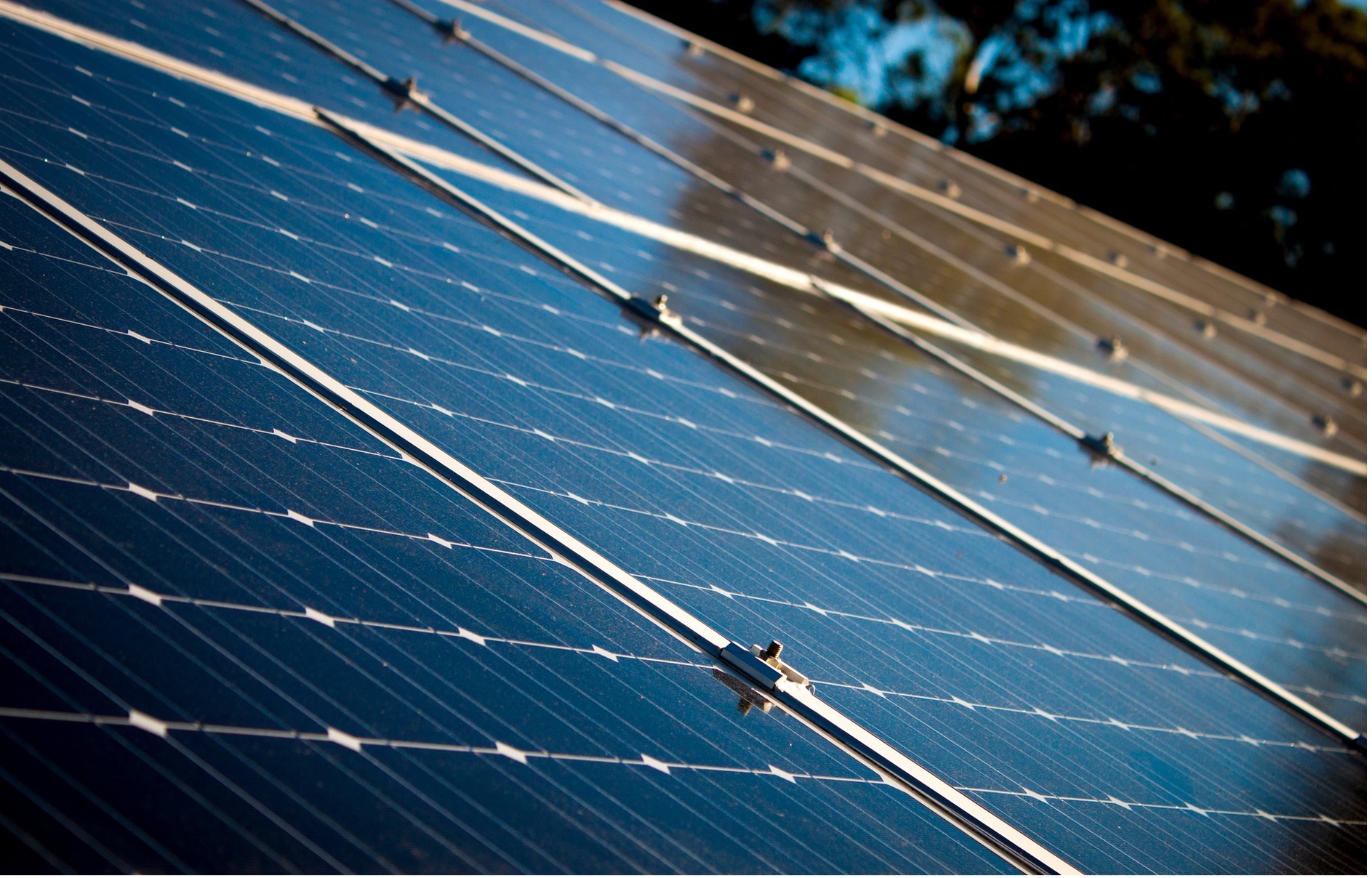The modern factory has come a long way since the days when the first steam engine was invented. The rise of technological advancements and increasing digitization is pushing factories towards a cleaner and more sustainable models.
This push is dictated not only because of general awareness about the dangers of Global Warming and Climate Change but also due to direct relation to lowered costs of running.
According to experts, we are now in the 4th Industrial Revolution stage. This stage is characterized by the usage of smart technological solutions, big data, robotic automation, and internet communications.
While the effect of the above has led to better production, it has also helped in lowering energy costs and boosting efficiency. In this article, we look at how the Gold Coast factories are using the newer processes to go ‘Green’.
The Rise of Smart Manufacturing: What does it mean and what are its effects?
First things first. Smart Manufacturing is different when compared to traditional models of manufacturing. According to experts, the following are some of the major features of smart manufacturing-
- The Use of Big Data-
Modern industrial facilities are informed by big data. This means that everything from how the production process should be set up, to the reduction of operational costs (energy) can be defined by Big Data. This is helping in bringing down accidents on the factory floor, ensuring that the product quality is great, and also helping in the lower inputs in terms of resources like raw materials and electricity.
- Transition to Solar Energy-
In the last few years, many Gold Coast factories have started the shift towards adopting solar energy. This means that they are investing in solar panels, energy storage solutions, and solar devices and appliances in the production process. Factories traditionally have a wide area when it comes to the roof section. Installation of solar panels, especially in a place like the Gold Coast, which sees a lot of natural light makes sense to bring down the electricity costs.
- Smart Sensors and Internet of Things (IoT)-
The modern factory is an integrated and interconnected whole. If one of the processes goes wrong, smart sensors sense the same and shut down power to all the processes. Sensors also judge how much power a machine needs and optimizes the flow of energy accordingly. This combined with a smart power grid system allows for better channeling of electricity to the different units and machines that need them.
The above three points have defined what has now come to be known as the rise of smart manufacturing. They have helped impart greater flexibility, timely usage of power and energy, and improvements in overall productivity.
Why Sustainability has become one of the Goals of Smart Manufacturing?
While industries and factories do improve the living condition of people, they have also been blamed for dangerous emissions. These emissions have led to the depletion of our planet’s natural protective atmosphere and have contributed to rising temperatures in different parts of the world.
The recent Australian Bush Fires emergency is something that all of us are familiar with. Many of the world’s leading scientists and environmentalists have blamed Global Warming and Climate Change for all the loss that has recently happened.
Every business is now looking to do its bit to help the environment in the country of its origin. Gold Coast factories also realize that it is time that they should start adopting sustainable energy solutions in production.
There are three main components of sustainability as far as manufacturing facilities go. They are-
- Clean Energy Adoption and Use-
Solar, wind, and water continue to be the clean energy solutions that have become available for mainstream use. Of the three, solar energy, with all its innovation and cost-affordability has become the proven choice for factories on the Gold Coast and different parts of Australia. The number of credible companies that can help in clean energy solutions on the Gold Coast has risen drastically.
- Reduction and Disposal of Waste Responsibly-
There is no hiding from the fact that factories and industries do generate a lot of harmful waste. This waste is dangerous for the environment. It should not be allowed to flow into natural waterways for it can prove to be disastrous for marine animals and subsequent human use. Businesses need to ensure that they are responsibly disposing of the factory waste.
- Increased Efforts on Recycling-
In recent years, recycling has become a major watchword that has spawned a multi-billion-dollar industry by itself. Recycling is considered to be a responsible way to ensure that we do not create more waste to dispose of. Rather, we create processes that can help use the product and convert it into something new and useful by recycling. This is an important component of sustainability in industrial circles.
Why Traditional Manufacturing can no longer be a viable option?
There is no doubt that traditional manufacturing processes and techniques fail to meet environmental requirements. This is why most factory owners and businesses have been forced to move towards Greener alternatives.
This is also because any manufacturing requires resources. These resources can be natural resources as well. However, we know that there is a finite number of natural resources available on the planet. This includes energy generation and electricity outputs at thermal power plants that use and are dependent on fossil fuels like coal.
Traditional manufacturing can no longer be the solution since-
- It cannot promise that it will not do any harm to nature, the environment, or society.
- It is heavily dependent on natural resources and leads to the depletion of the same.
- There is a failure to adapt to newer and cleaner energy solutions for sustainability.
- Efficiency is compromised and the final productivity is not there.
- There is a release of toxic emissions that are harmful to the environment.
The Final Word
Many factories on the Gold Coast are now working with energy experts to help them make the transition from traditional manufacturing models to sustainable ones. One area where most are beginning with is solar energy. Simple changes like opting for solar panels, energy storage solutions and maintenance is helping the Gold Coast factories in multiple ways.
Not only are they saving in terms of electricity costs of thermal fuels, but are also enjoying the multiple tax benefits that have been put in place by the governments. They are also winning accolades with their consumers that are more aware of terms of green energy and want their businesses to continue using the same.


